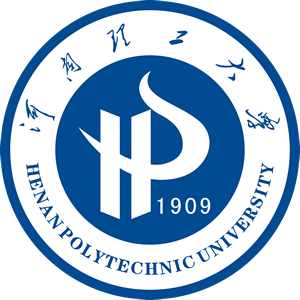
地址: 河南省焦作市高新区世纪路2001号[454000] Tel: 0391-3987069 E-mail: zkxb@hpu.edu.cn,skxb@hpu.edu.cn |

请您访问
|

社会科学版
|
| 供稿: 潘志义 | 时间: 2018-12-05 | 次数: |
作者:潘志义
作者单位:黄山三函金瓶梅研究所
摘要:《金瓶梅》书中描写的斗叶子,是万历时期兴起的一种博戏方式,始于昆山,发展在徽州。明代万历间出版的两部叶子游戏规则的著作均出自徽州人汪道昆、潘之恒之手。叶子起初只有40张牌,汪道昆把它演变成48张牌,每门多了2叶,插入的8张牌深含蕴意。通过对叶子演变发展的分析,一可界定《金瓶梅》的成书时间;二可通过西门庆的货币流通思想来证明《金瓶梅》作者对金钱的态度。
DOI:10.16698/j.hpu(social.sciences).1673-9779.2017.01.016
分类号:I207.419
Abstract:Playing Yezi described in The Golden Lotus is a card game originating in the years of Wanli emperor's reign in Kunshan and developing in Huizhou. Books describing the rules of playing Yezi were written by Wang Daokun and Pan Zhiheng, both were from Huizhou. Wang Daokun changed the original40 cards to 48 by adding 2 cards to each category, and the added 8 cards contained deep meaning. The study on development of Yezi can help confirm the composition time of The Golden Lotus, and Ximen Qing's idea of currency circulation may prove the author's attitude towards money.